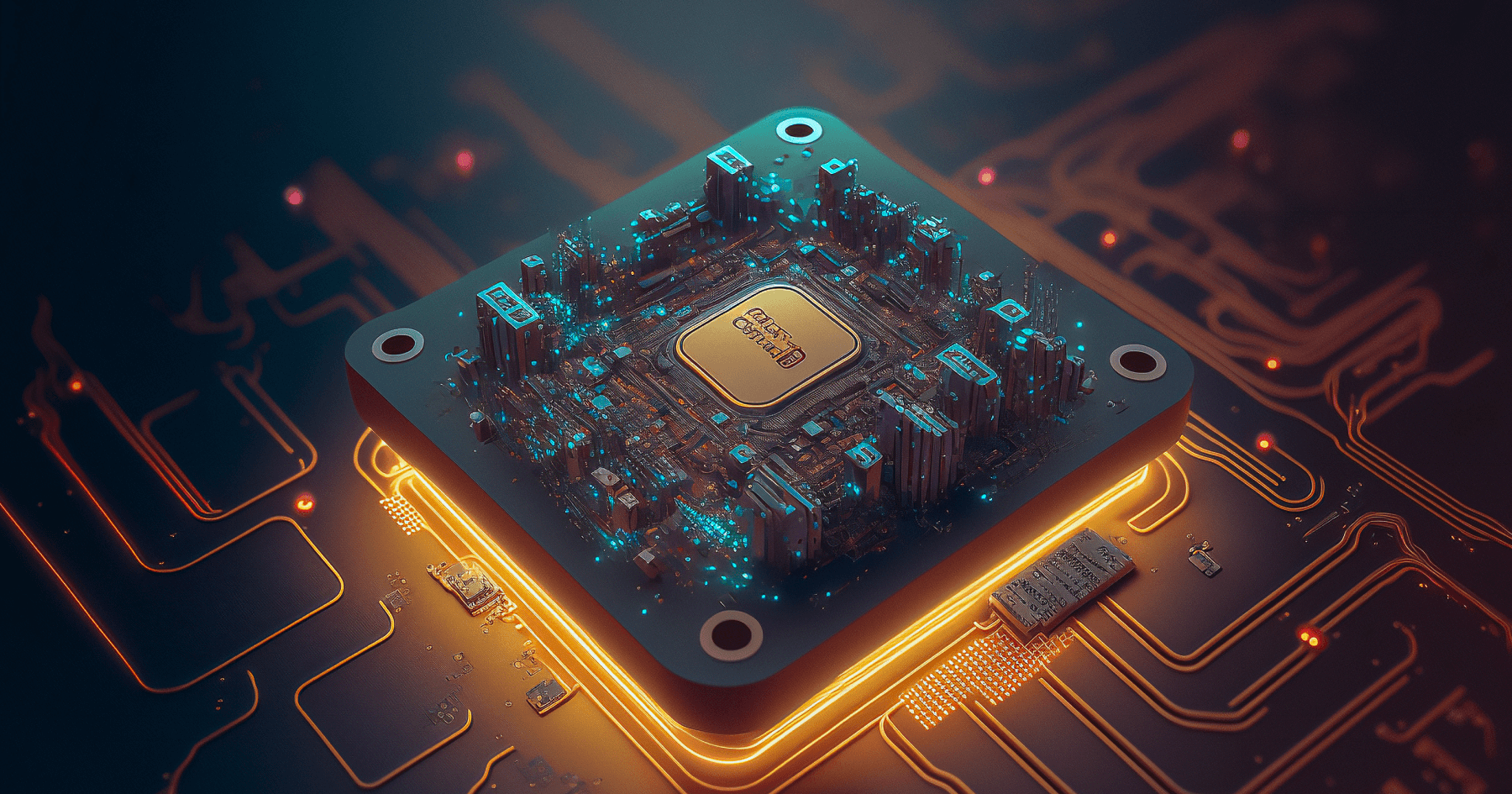Field-Programmable Gate Arrays (FPGAs) have become indispensable in embedded system design, offering a unique blend of performance and adaptability. Unlike traditional Application-Specific Integrated Circuits (ASICs), FPGAs allow for post-manufacturing configuration, making them highly customizable and flexible. This article explores the key benefits and challenges of using FPGAs in product development, embedded design, and embedded services.
What is a Field-Programmable Gate Array?
An FPGA can be thought of as a blank slate of circuitry. Unlike conventional chips designed for specific functions, FPGAs consist of configurable logic blocks that can be programmed and interconnected to execute specific tasks, such as complex computations and data encryption. Their defining feature is post-manufacturing programmability, allowing them to be adapted and optimized for various applications.
This flexibility is particularly valuable in embedded systems—the tiny processors that power smartwatches, autonomous vehicles, and industrial automation. Compared to general-purpose processors, FPGAs deliver superior performance by being precisely tailored to a project’s specific requirements. They also excel in rapid prototyping, enabling engineers to test and refine hardware designs before finalizing them.
However, FPGAs are not a one-size-fits-all solution. They may consume more power than some alternatives and require specialized programming expertise. Despite these challenges, they remain an essential tool in an embedded designer’s toolkit.
Benefits of FPGAs in Embedded Systems
FPGAs offer several advantages that make them ideal for embedded system design:
1. Hardware Acceleration
FPGAs excel at real-time processing tasks such as signal processing, encryption, and motor control due to their inherent parallelism. Unlike traditional processors that execute instructions sequentially, FPGAs can process multiple tasks simultaneously, significantly boosting performance. This makes them ideal for computationally intensive applications in embedded services.
2. Flexibility and Customization
FPGAs allow hardware to be dynamically reconfigured to meet specific project requirements. Unlike ASICs or fixed-function processors, they enable designers to modify functionalities as needed—without requiring a complete redesign. This adaptability is crucial for embedded product design, where future updates and enhancements may be necessary.
3. Rapid Prototyping
Traditional prototyping methods can be time-consuming and costly. FPGAs offer a faster and more efficient approach, allowing engineers to test and validate hardware designs before committing to an ASIC implementation. This accelerates development cycles, reduces costs, and enables embedded design services to iterate prototypes more efficiently.
4. Longevity and Future-Proofing
In the fast-evolving world of embedded systems, hardware can quickly become obsolete. FPGAs extend the lifespan of embedded products by allowing upgrades and reconfigurations without replacing the entire system. This is especially beneficial for maintaining legacy systems and adapting to technological advancements.
5.Lower Non-Recurring Engineering (NRE) Costs
TASICs require significant upfront fabrication costs, making them expensive for small-scale production. In contrast, FPGAs have much lower NRE costs, making them a cost-effective choice for projects with frequent design modifications or lower production volumes. This affordability makes them attractive for embedded electronics design services catering to niche applications.
Challenges of Using FPGAs in Embedded Systems
Despite their advantages, FPGAs also come with challenges that must be carefully considered:
Any hardware developer knows that production needs to be completed as quickly as possible, so limited resources should be focused on the highest-impact tasks. A system on modules provides field-programmable gate array (FPGA) performance and flexibility without all the hassle of PCB design and integration. With a powerful and innovative industrial System-on-Modules, integrated security, sophisticated device management tools and systems software, Tessolve’s embedded solutions minimize the expense of ownership and aid propel OEMs to success in the market.
1. Development Complexity
FPGA design requires specialized knowledge and tools. Unlike traditional embedded processors, which often come with pre-built CPU cores, FPGAs demand a lower-level hardware abstraction. This steep learning curve necessitates experienced engineers and longer development timelines.
2. Power Consumption
While FPGAs have become more energy-efficient, they typically consume more power than ASICs. This can be a critical concern for battery-powered embedded systems, where power optimization is essential. Embedded electronics design services must carefully evaluate power requirements when choosing FPGAs.
3. Limited Integration
FPGAs generally have lower integration levels compared to modern processors. This may require additional peripherals and memory components, increasing board size and design complexity. Embedded system designers must account for these extra elements when planning system architecture.
4. Longer Time-to-Market
Although FPGAs offer flexibility, developing an FPGA-based solution can take longer than using an off-the-shelf processor. Programming and testing FPGA logic can extend development timelines, which must be factored into project schedules.
5. Higher Unit Cost
While FPGAs reduce initial design costs, they can be more expensive per unit than ASICs in high-volume production. For large-scale manufacturing, embedded product design services must carefully weigh the trade-offs between FPGA flexibility and ASIC cost efficiency.
Conclusion
FPGAs offer unmatched flexibility, performance, and adaptability for embedded system design. However, their complexity, power consumption, and cost considerations require careful evaluation. Product developers and embedded design services must assess the trade-offs before deciding whether FPGAs are the right fit for a given project. By leveraging their unique capabilities strategically, FPGAs can drive innovation and efficiency in embedded system development.
